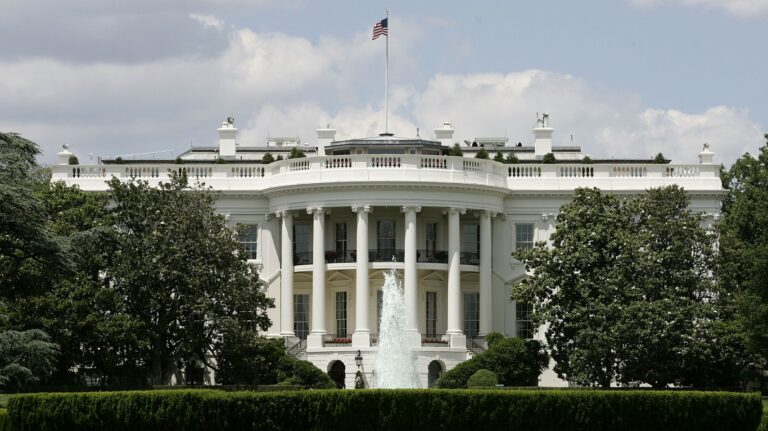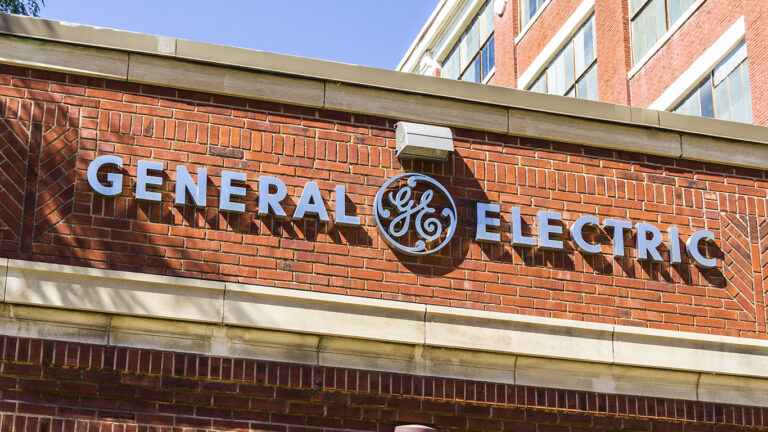U.S. Reshoring Efforts a Boon to Domestic Renewables Industry

Over two days in September, thousands of booby-trapped pagers and walkie-talkies exploded simultaneously throughout Lebanon and Syria, killing dozens of people and wounding far more. While the attack was the latest escalation in tensions between Israel and Hezbollah, the explosions also raised concerns among the international business community over another fast-growing risk: vulnerability in the global supply chain.
Worried about car theft? EVs Don’t Get Stolen
Lights flickering? The Counties With The Most Power Outages
Just as disruptions in the supply chain during COVID-19 revealed how delicate the global web of trade really is, the Trojan horse attack on Hezbollah has highlighted the security risks inherent in a complex, globalized supply chain. The Russian invasion of Ukraine and ongoing tensions with China have also stoked fears among actors reliant on international trade.
Over the last decade, many major multinationals have begun to reel in their supply lines and shift production closer to home. According to a recent McKinsey study, the average distance of goods imported to and exported from the United States fell by 3% from 2017 to 2023. One Deloitte study cited that 75% of surveyed companies are planning to build factories closer to their customers. The trend in nearshoring is part of a larger trade reconfiguration that some economists have declared heralds the decline of globalization, and that climate scientists consider a boon to the environment.
Solar panels are one the most important supply chains in U.S. efforts to bring production closer to home. The United States is still heavily reliant on PVs manufactured in Southeast Asia, which hinders American decarbonization goals both by disincentivizing domestic manufacturing and the actual emissions involved in international trade. In a study published in Nature Communications in March 2023, researchers estimate that if the U.S. could establish entirely domestic supply chains for crystalline silicon photovoltaic panels by 2035, greenhouse gas emissions would be reduced by 13% to 30%. While the U.S. has a long way to go to achieve those goals, reshoring may prove a critical step in the transition to net zero emissions.
More from ClimateCrisis 247
- AI Can Create Its Own Energy Solution
- U.S. Military Emissions Higher Than Ethiopia’s
- Living In Delhi Like Smoking 1,797 Cigarettes A Year
- Mississippi Tops List Of Plastic Pollution






